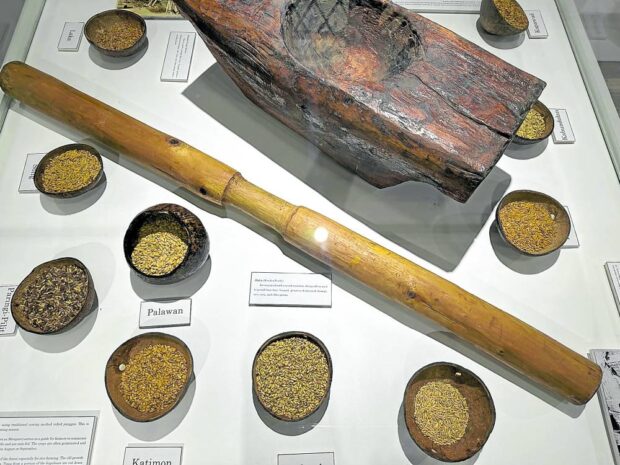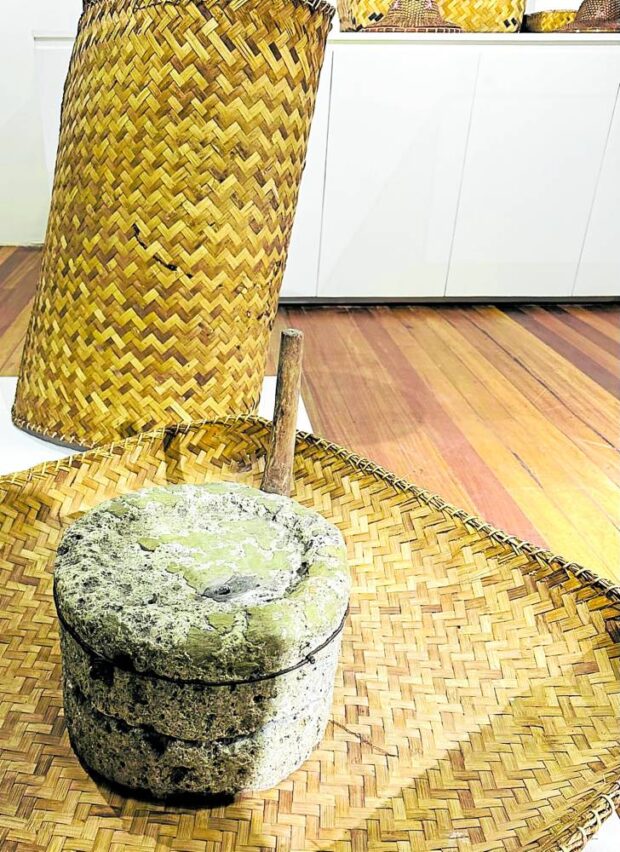Iloilo, center of cultural heritage

I had the pleasure of visiting Iloilo a couple of days ago for work but I had a six-hour window between the end of official events and my flight. Thankfully, Iloilo Gov. Arthur Defensor Jr. was kind enough to offer a guided tour of some of the well-known sites of the city, care of the Provincial Tourism officers Dean and Mitzi.
I got to see the National Shrine of Nuestra Señora de la Candelaria, colloquially known as the Jaro Cathedral. While I had briefly visited this before with my sister, it was my first time to learn two fabulous facts: First is the inexplicable fact that the image is literally growing. It used to be housed as part of the original church facade but they had to create a new “house” for it because it would no longer fit!
There is a thorough explanation in the pintakasi1521 blog, which says the increase of size through the centuries has continued up to this day. “The image of Nuestra Señora de Candelaria de Jaro is made of stone and it utilizes the Madonna and Child model. … The Ilonggos loved their Patroness so much that they regard her as “Ang Iloy” (which in Ilonggo means “The Mother”).
The second fabulous fact is that St. Pope John Paul II actually visited this church. More significantly, he officiated the Canonical Coronation and personally crowned the Nuestra Señora himself! He declared her the patroness of Western Visayas. So the Nuestra Señora de la Candelaria holds the distinction of being the only Marian statue in the Philippines personally crowned by a Pope and saint!
Incidentally, today, Oct. 22, is St. Pope John Paul II’s feast day! So let us say a prayer in thanksgiving for the life, wisdom, influence and example of this most lovable saint, who loved the Philippines very much, visited us twice and even canonized our very first Filipino saint.

UP Visayas
Since I had extra time, I also got to visit the University of the Philippines-Visayas as there was an art exhibition going on. It was a pleasure meeting Dr. Clem Camposano, the chancellor of UP Visayas, and artist Martin Genodepa, its vice chancellor, who shared that UP Visayas is actually home to seven galleries!
Of the seven galleries, I was most intrigued by the Intangible Cultural Heritage Gallery. They had the most surprising subject: rice!
The display featured varieties of indigenous rice from different parts of the Philippines, as well as traditional machinery and equipment in rice production. Most identifiable was the stone gilingan, which we had in our own ancestral home in Sta. Maria, Bulacan. But it was also enlightening to see items such as the kayog or sickle, described in the display as “a triangular-shape bladed metal tool supported with a piece of wood and strap for the user to hold on while harvesting rice manually by uhay (stalk); the gantángan, described as “a measuring device made of wood containing about 2.25 kilos of rice”; and the garab or scythe, a farming tool used to clean rice fields and harvest rice.
I really loved this display because this is absolutely the essence of the Slow Food Movement: to preserve culinary traditions. But even better, here at UP Visayas, the culinary tradition is recognized as intangible art. Through this, they are able to not only document the socio-cultural aspect of making rice but they are able to honor the traditions of our ancestors passed down from generation to generation.
Bravo to UP Visayas and Iloilo for this effort!
Truly, Iloilo is a center of cultural heritage. Make it part of your destination list for 2023 and 2024!
